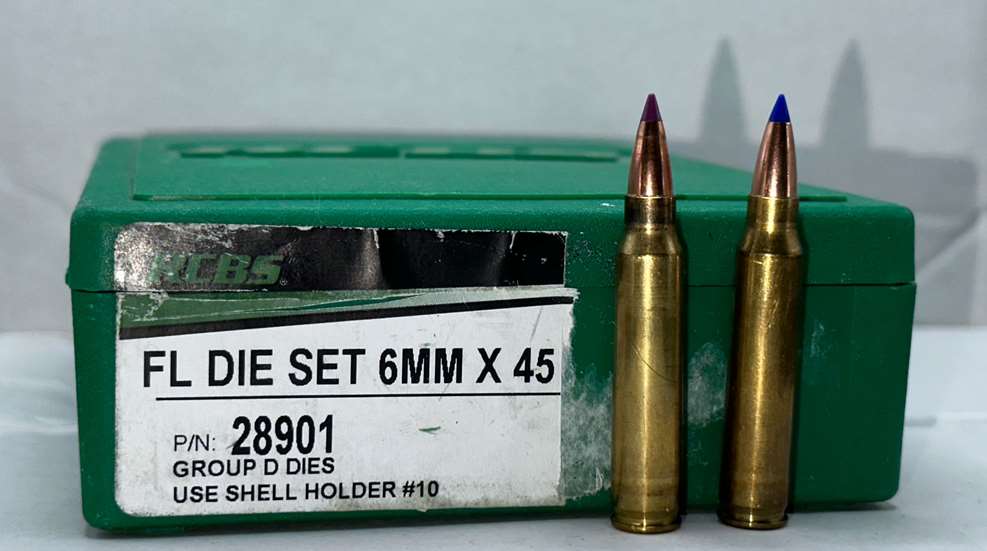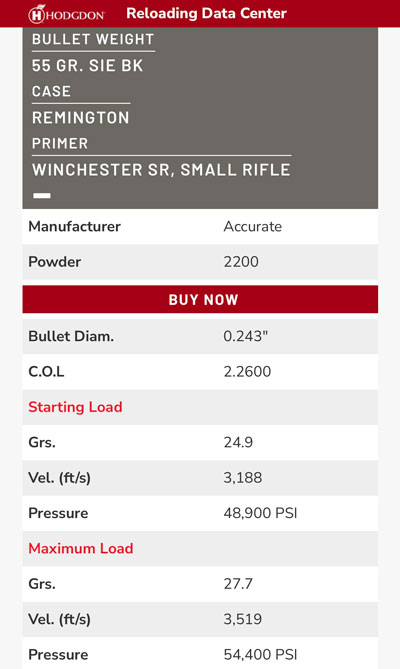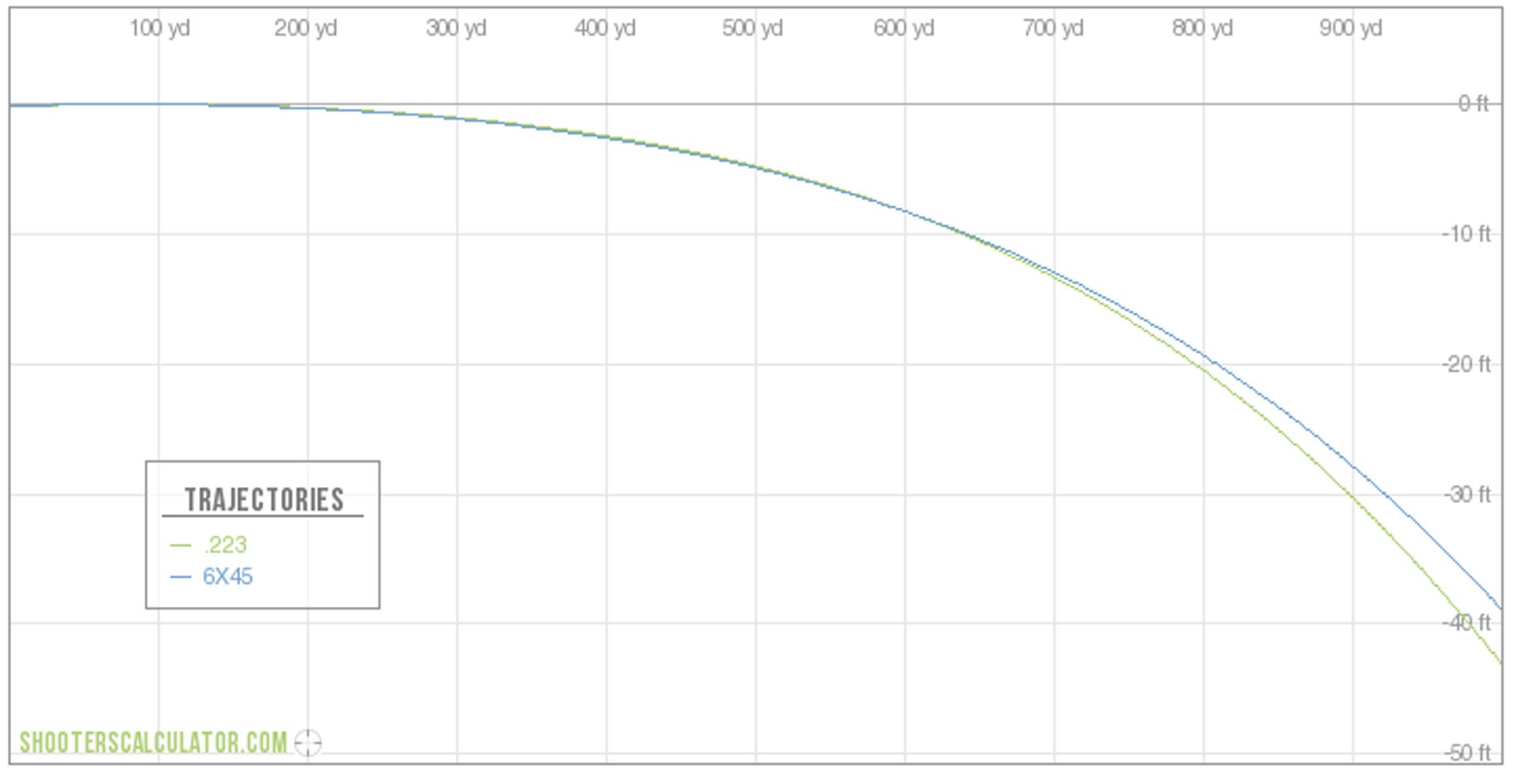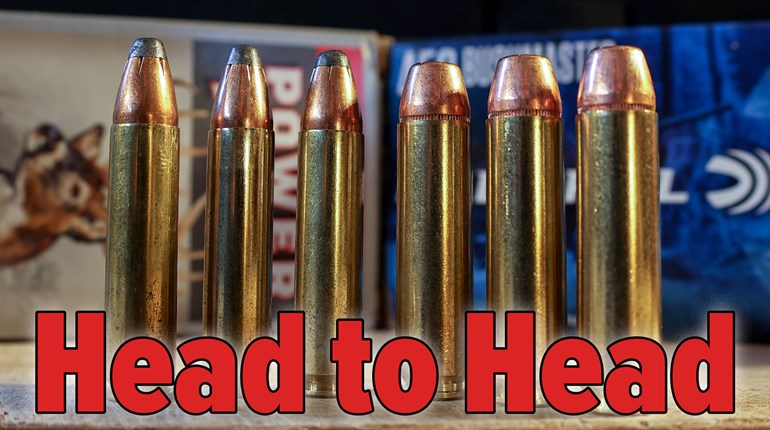
As a hunter and shooter, I’ve always been fascinated by ballistics. Handloading my own rounds gives me the ability to create wildcats or tinker with obscure cartridges. Why would I want to get into something so niche? These wildcats and oddball cartridges often outperform many commonly available cartridges. In the series of which this article is the first installment, we’re going to explore alternatives to several popular commercial cartridges, and what benefits they provide over their commercial counterparts. First up: the 6x45 compared to the ubiquitous—and frankly boring—.223 Remington.

Before we jump into the comparison, some may be wondering: What is a 6x45? Simply put, it’s a .223 Rem. or 5.56x45 NATO case, with the neck expanded for .243/6mm bullets. This means it will still fit in AR-15 or bolt-gun magazines should you choose to re-barrel your firearm to 6x45. Of course, that doesn’t sound all that impressive—it’s only a .02-inch increase in bullet diameter. Where it makes an impact (pun intended) is in available bullet weights. The standard 5.56/.223 bullet comes in at 55 to 62 grains for most typical uses. Sure, there are heavier bullets in the .224-diameter category, but with rare exception, those are typically reserved for larger cases with more powder-capacity. .243 bullets, on the other hand, can match standard .224-caliber weight offerings at the bottom end, yet bullet weights top out significantly higher—115 grains for match purposes. Not that those long, heavy bullets are terribly useful—they eat up too much case capacity. But if you wanted a suppressed 6x45 load, those bullets are certainly something to keep in mind. Plus, that extra .02 inches of diameter I mentioned? It gives the burning powder more surface area to act on, so faster velocities with the same weight bullets are possible, since there’s more bullet base for the combusting gas to push against. There’s a second benefit here, too. A shorter bullet won’t eat up case capacity if a shooter really wants to try and fit as much powder in a case as possible, to yield the fastest velocities. Helping boost velocity further is the fact there is less surface area and points of friction on the shank of the bullet, since the .243 bullet will be slightly shorter to maintain the same given weight as its .224 counterpart. Furthermore, this shorter bullet length doesn’t have too much negative bearing on the .243 bullet’s ballistic coefficient (B.C.) compared to the .223.
To put all this in perspective, let’s compare two bullets of the exact same weight and style using the Nosler Ballistic Tip Varmint bullet weighing 55 grains in each caliber. The .224 variant has a length of .810-inches, and the .243 option has a length of .785-inces. The two bullets’ respective ballistic coefficients are .267 and .276, proving in some cases, that .243 bullets have even better BC values than the .223. So, what does this translate to in speed? Your standard .223/5.56 NATO round is pushing a 55-grain bullet to about 3,100-3,200 fps. Your 6x45? A stout load can push a 55-grain projectile to over 3,500 fps using the right powders.

The magic doesn’t end there. It’s possible for the 6x45 to match the trajectory of the standard .223 Rem./5.56 NATO, meaning all those scopes calibrated for the 5.56 cartridge work for the 6x45 as well. Again using Nosler’s Ballistic Tip Varmint bullets for comparison, the higher B.C. of the 80-grain, .243 bullet in the 6x45 overtakes the 55-grain, .223 bullet at 700 yards. Until that distance, the cartridges’ respective drops are separated at most by two inches at any given range. But 700 yards is when the 55-grain, .223-caliber bullet goes subsonic. At 800 yards, the 80-grain bullet fired from the 6x45 drops about a foot less and is now subsonic, too. Shooting at 1,000 yards, the 80-grain bullet dropped four feet less and drifted about 2.5 feet less, while still carrying almost double the energy. At that range, these stats don’t really matter, as there are far better cartridges to shoot when trying to make hits at 1,000 yards, but still, that’s good data to know if you’re using it for prairie-dog shooting or having a long-range competition with your friends.

Furthermore, with these 80-grain 6mm bullets coming in more styles than the varmint variety, the 6x45 opens possibilities for bigger animals, and makes the cartridge viable in states with a .24-caliber minimum for hunting. One of my personal favorite combinations is the 80-grain Barnes TTSX (Tipped TSX) 6mm bullet. This bullet has nearly the same G1 B.C. value as the Nosler 80-grain bullet (.331 vs .329), meaning the trajectories will likely be the same for all intended purposes.
For me, this is where the true joy in this cartridge lies: I just need to swap magazines, and I’m shooting to the exact same point of impact with a varmint bullet or an all-copper expanding big-game bullet, so I’m equally prepared to shoot prairie dogs or a pronghorn. As an extra perk, with this cartridge and the handloads I developed, because the two bullets feature different color tips, I always know which one I’ve got in the gun. That convenience factor is hard to beat and can’t be found in factory .223 Rem. loads. Keep checking back at americanhunter.org, for the next installment of “Alternative Ammo.”




































